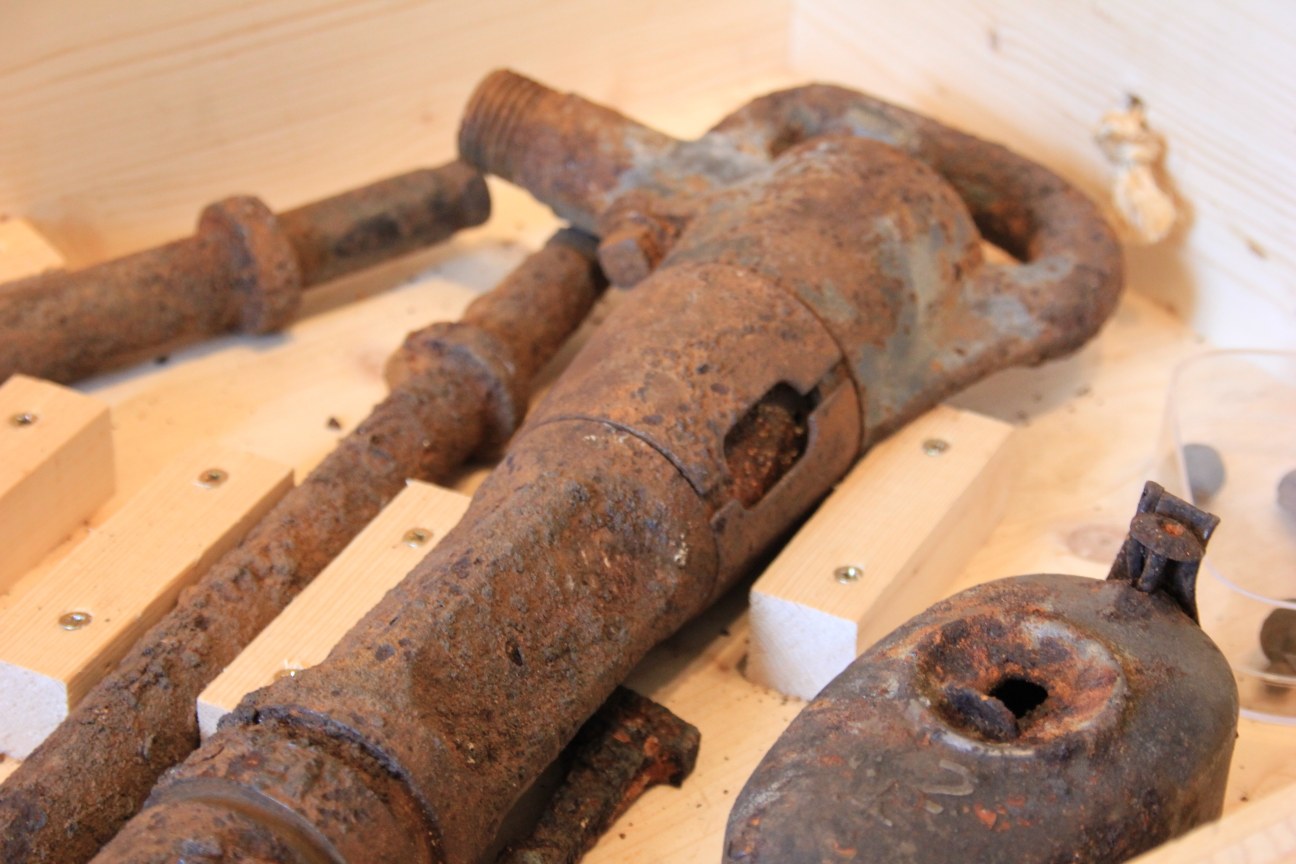Background

Along with the “Anschluss” in March 1938 the German Reich started also in Austria to quickly adapt and expand the industry for armament purposes.
At that time the Steyr-Daimler-Puch AG was one of the biggest metalworking companies in Austria. Already in 1938 it was incorporated into the Reichswerke Hermann Göring and expanded with financial help of the most important sectors of the armaments industry. It then produced military vehicles, motorcycles and bicycles, rifles and submachine guns, tanks, aircraft engines and ball bearings. Because of the German military build-up, the production of ball bearings had rapidly increased since 1933, and during the Second World War the aircraft industry became the single most important customer for ball bearings.
The Nazi regime and the arms manufacturers responded to the shortage of workers caused by the war by massively making use of foreign civil workers and war prisoners, and as of 1942 by forcing concentration camp prisoners to work. To this effect many satellite camps were established around already existing concentration camps. Until the end of the war Mauthausen, the first concentration camp erected on Austrian territory in August 1938, had up to 40 subcamps whose prisoners were primarily used as forced laborers in the armament industries and the construction of production sites. As of 1941/42 Steyr-Daimler-Puch was the first armament factory to use concentration camp prisoners in its production sites on Austrian soil, e.g. in Steyr-Münichholz where a satellite camp of Mauthausen concentration camp existed as of March 1942 for that purpose.